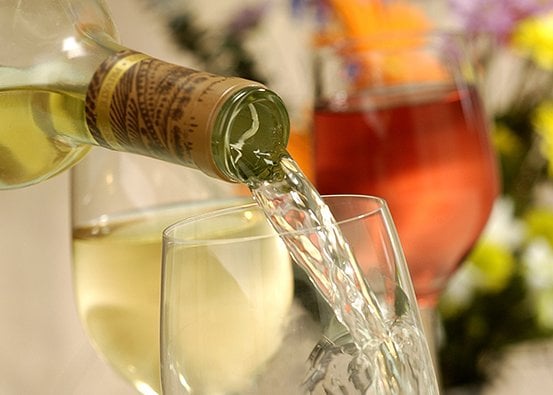The Many Styles of Chardonnay
- Posted on
- Posted in chardonnay, wine
- 0

National Chardonnay Day (#ChardDay) is May 25, the Thursday before Memorial Day! Chardonnay seems be a grape people either love or hate. I used to be a Chardonnay hater, until I learned how versatile this grape can be and how many diverse styles exist.
I wonder how many other people out there think they dislike Chardonnay because they had one particular style they didn't like and assumed all Chardonnay is that way. Chardonnay styles tend to fall into a handful of categories, or combinations of those categories - Cool Climate v. Warm Climate, Oaked v. Unoaked, Buttery v. Not Buttery.
Cool Climate v. Warm Climate
Because Chardonnay is easy to grow and can tolerate a wide variety of climates, it is grown in most major wine growing areas around the world. The climate will influence the acidity level and flavor profile of the resulting wine. Cool climate areas like Chablis and Champagne will have higher acidity than warmer climate Chardonnays from California and Australia. Cooler climate Chardonnays will tend to have flavors of green apple or pear due to the higher concentrations of malic acid. As the climate gets warmer, the malic acid is reduced and more citrus and tropical fruit flavors develop (which make sense if you think about where citrus and tropical fruits grow).
Oaked v. Unoaked
Chardonnay is one of a few white wines that can be enhanced by time in oak. Oak will provide an additional layer of flavors which increases the complexity of the wine. Neutral oak (oak barrels that have been used more than 3 or 4 times) can help add additional body to the wine without adding "oaky" flavors. French oak will add some tannin and smoothness to a wine, which can help balance out a highly acidic wine. American oak will add more vanilla, coconut and spice characteristics.
Buttery v. Not Buttery
Chardonnays can have varying degrees of butteriness depending on how much Malolactic Fermentation (MLF) has taken place in the wine. During malolactic fermentation, some of the naturally occurring malic acid (higher levels in cooler climate wines) is converted into lactic acid. Lactic acid, also found in dairy products, is creamier and less tart than malic acid. This process also creates diacetyl, which provides the "buttery" aroma and flavor. Depending on the desired style of wine, the winemaker may use this process on all of the wine or just a portion.
When you mix and match variables of climate, oak and MLF usage, you end up with a seemingly endless variety of Chardonnay styles. Here are some of our recommendations for you to try on National Chardonnay Day (May 25):
- Alain Normand, Mâcon La Roche-Vineuse (cool climate, unoaked, no MLF)
- De Wetshof Estate "Bon Vallon" Chardonnay 2016 (warm climate, unoaked)
- Fossil Point Chardonnay 2015 (warm climate, neutral oak, MLF)
- Louis Max Pouilly Fuisse 2014 (cool climate, oaked, MLF)
- R8 Wine Company Chardonnay 2013 (warm climate, neutral oaked, MLF)
- Rubus Chardonnay 2016 (warm climate, oaked, MLF)
We will be offering samples of the Fossil Point Chardonnay this Saturday from noon-4pm

Comments
Be the first to comment...